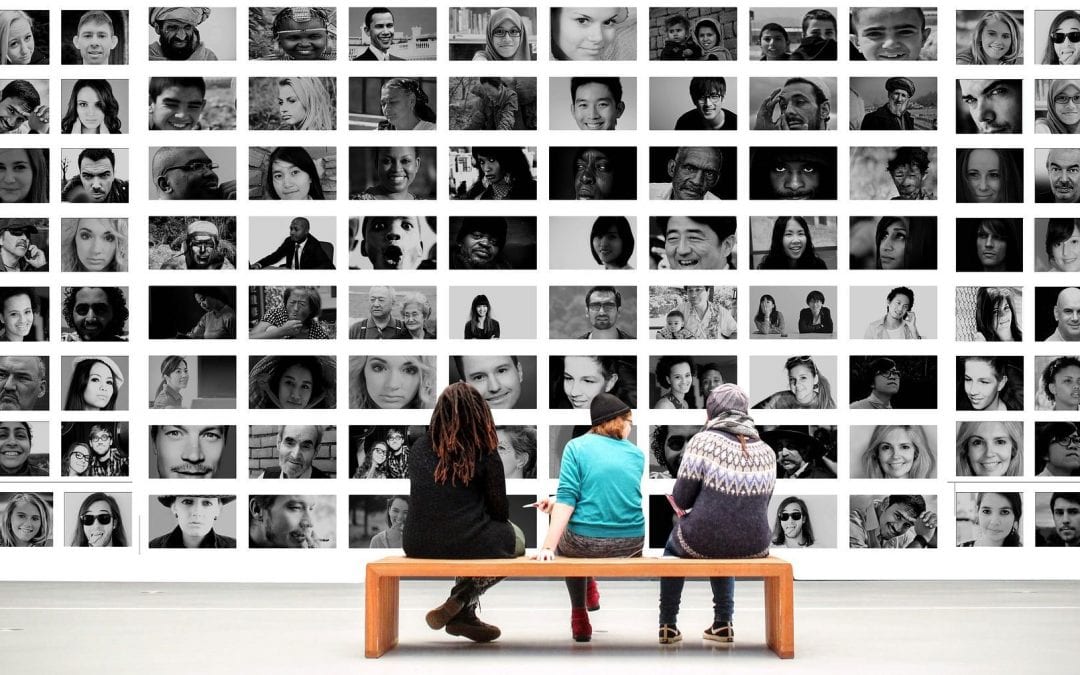As ethnic ‘mixedness’ is on the rise, the message is that individuals must find their own way to become, be, and belong, writes Melinda Webber.
The number of people who identify having multiple ethnicities is increasing, both in New Zealand and internationally.
Data from the 2013 New Zealand Census shows that 22.8 percent of children (aged between 0 and 14 years) identified with more than one ethnic group, as did 53.5 percent of Māori and 37.2 percent of Pacific peoples.
People who identify with multiple heritages and multiple cultural experiences can choose to express their identifications in a number of different ways for varying reasons.
Reasons might include a wish to connect with whakapapa/ancestry, cultural exposure, a sense of belonging to the group or groups, recognition as a member by other people both inside and outside the group, and the potential positive political, cultural and social ramifications of group membership.
Generally, mixed race identities fall outside of singular racial categories and therefore challenge established institutions of racial classification.
Research into these changing mixed ethnic identities is becoming increasingly popular and Aotearoa/New Zealand has much to add to this global conversation through our:
- diverse population;
- long history of racial and ethnic boundary crossing; ad
- quite unique, official and institutional recognition of ‘mixedness’ and mixed ethnic identity which has been in place for over two decades.
This concept of ‘mixedness’ or mixed ethnicity has become a common way of theorising multiple ethnic identities, here in New Zealand. It is a concept that supports the idea that people do not fit into discrete categories but can and do cross boundaries between ethnic groups through processes including marriage, migration and cultural exposure.
The fact is, the contemporary population is increasingly diverse, and complex and multiple ethnic identities are emerging in greater numbers in each consecutive census.
However, in terms of the census, there is a potential mismatch between what people are trying to tell us by their responses and how it is coded and then later interpreted. Care is needed to distinguish between counting and what is counted.
For example, what exactly does someone mean when they give us two ethnicities: do they identify with two separate ethnicities simultaneously or at different times, or are they trying to express some kind of cultural amalgam of incorporating aspects of both?
There is a phrase in Māori, Mana Tangatarua, that refers to an individual or people standing with mana (pride/status/positive self-concept) in two worlds. It is a metaphor that speaks of developing a sense of pride across two worlds, with a deeper intention that signals a sense of pride in multiple identity standings.
However, while Mana Tangatarua can represent the ideal of a mixed individual who develops a sense of connectedness and belonging to all of his or her ethnic identities in different ways, it can also be used to signal the tremendous internal tension that can ensue when someone seeks to live according to two or more value systems that may, in some ways, be seen to contradict each other.
A fixed understanding of standing with mana in two or more worlds assumes that multiple distinct and readily identifiable worlds exist, and that the worlds are internally uniform – which is manifestly untrue.
I used this metaphor as the title for a book I co-authored with Zarine Rocha. Mana Tangatarua, the book, pays attention to in-between ethnic spaces and shines a light on the agency of mixed individuals and the intimacies of their personal and collective choices.
It emphasises the idea that an individual can develop a secure ethnic identity as a member of two or more ethnic groups. It challenges those who regard ethnicity as a straightforward and unchanging aspect of identity, and disrupts notions of homogeneity – or stability – particularly with regards to notions of a singular Pākehā identity.
(As with all ethnic groups, there is no ‘standard story’ of being Pākehā, but rather a constant becoming in response to our different stories of arrival, our engagement with Māori, and our constant discourse with globalisation).
As such, this metaphor may mean different things to different mixed individuals.
It might emphasise the complexity of finding a place to stand as a mixed person who is neither Māori or Pākehā in bicultural Aotearoa, or for others it may symbolise the cultural differences between one’s home culture versus New Zealand’s supposed ‘kiwi’ culture.
Therefore, the message is that individuals must find their own way to become, be, and belong in their mixed identities.
* Republished with permission from newsroom. Originally published 17 July 2018.
Associate Professor Melinda Webber is from the Faculty of Education and Social Work at the University of Auckland, and is on the Academic Advisory Board of the Public Policy Institute.

